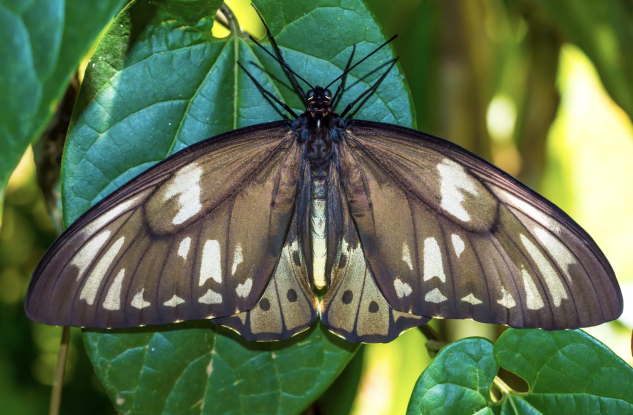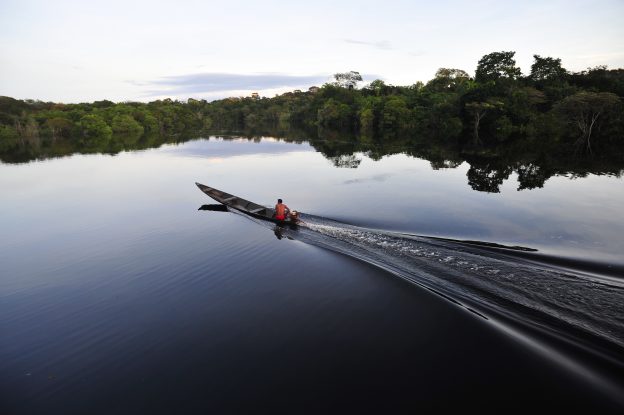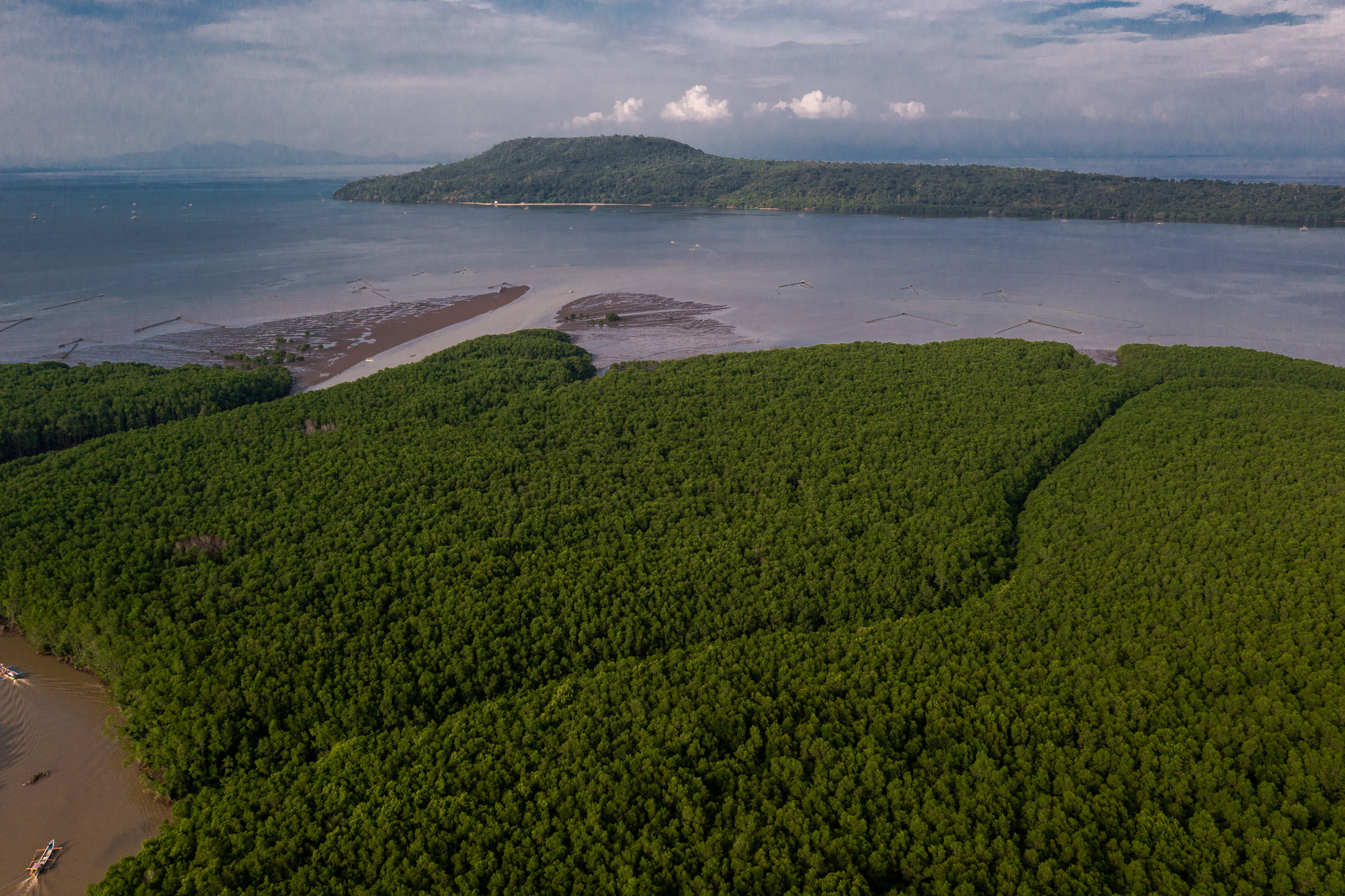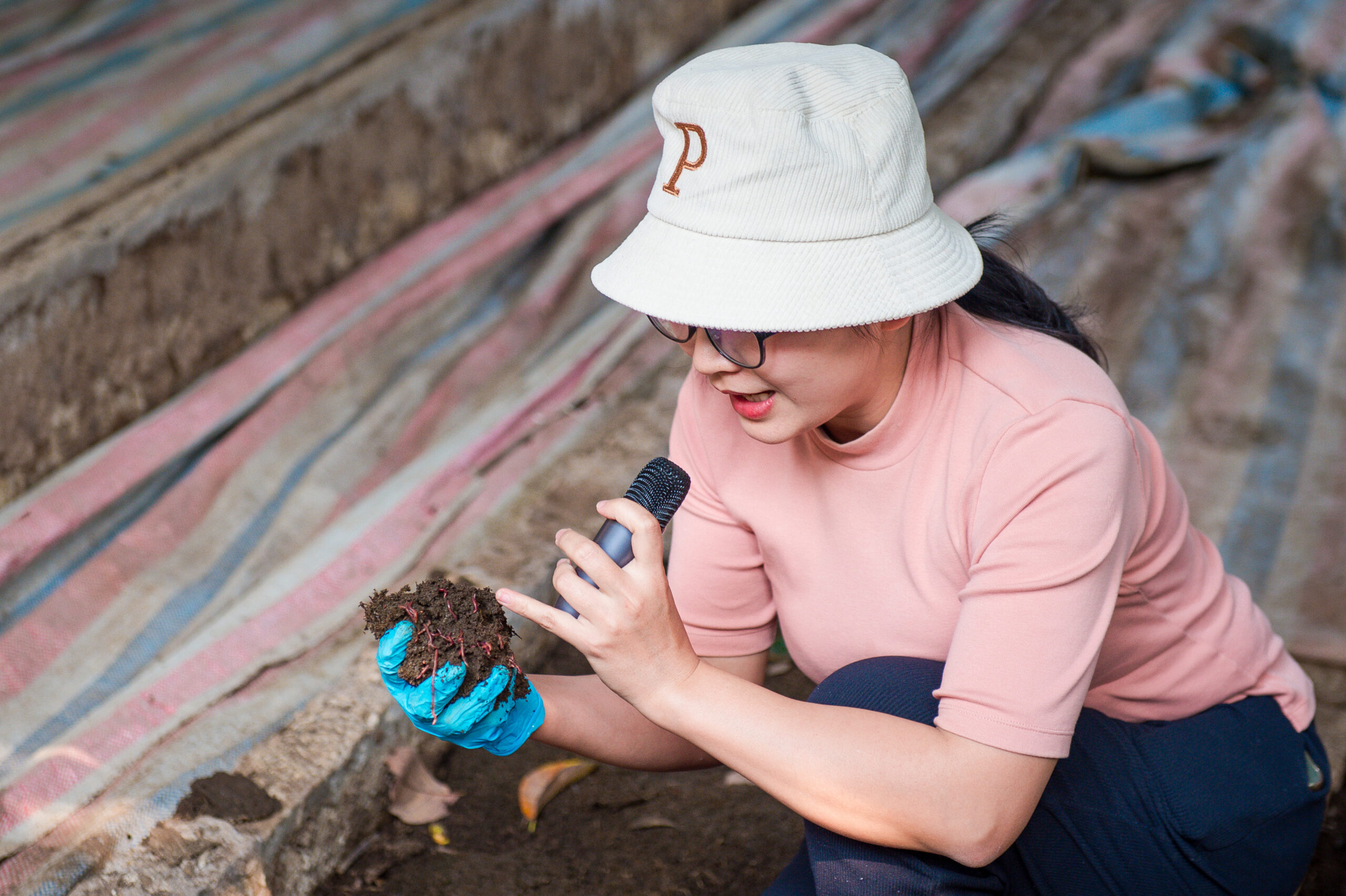What does it take to manage wild meat sustainably in Central Africa? A key step is developing a shared understanding of how wildlife, people and markets interact—often in complex, informal and overlapping ways.
This was the focus of workshops held in Cameroon in April 2025, where 56 participants from over 10 national and international organisations, government officials, representatives of Indigenous Peoples and local communities,came together to better understand the country’s wild meat system. Using a collaboratively developed flowchart of the wild meat value chain, stakeholders were able to visualize key interactions and identify pressure points on biodiversity, while exchanging ideas for more effective and equitable management strategies.
The workshop’s primary objective was to collaboratively draft an Action Plan that outlines strategic priorities and concrete actions for the sustainable management of the bushmeat sector in Cameroon. These efforts are part of the Sustainable Wildlife Management (SWM) Programme’s broadermandateto support the Ministry of Forests and Wildlife (MINFOF) in ongoing legal reform by helping to identify key legal and regulatory challenges, as well as stakeholder priorities, to enhance the sustainable use of wildlife.
One of the first insights highlighted by participants was the importance of understanding the biology of the species being hunted. Not all wildlife species respond to hunting pressure in the same way. Animals such as porcupines, blue duikers and giant pouched rats tend to reproduce more quickly and are generally more resilient to moderate levels of harvesting. In contrast, species like pangolins, elephants, great apes and big cats reproduce slowly, have low population densities and are highly vulnerable to overexploitation. Recognizing these differences is essential for setting sustainable harvest limits and prioritising species for monitoring and protection.
Discussions also revealed the varied nature of hunting practices across Cameroon.
Some hunters operate at a subsistence level, occasionally hunting for household consumption using basic tools and equipment. Others are semi-commercial, combining hunting with farming or other forms of work, while a smaller number are full-time hunters who use firearms and engage in trade on a broader scale. These differences are not only economic—they also carry distinct ecological impacts. For example, more experienced and better-equipped hunters often penetrate deeper into forests and may target larger or rarer species.
Another factor shaping the wild meat trade is the expansion of logging concessions. Logging roads frequently provide access to remote forest areas, unintentionally increasing hunting pressure in previously undisturbed habitats. However, participants also noted that these concessions offer a potential entry point for improving oversight and regulation, particularly if logging companies can be engaged as partners in conservation and sustainable management.
A particularly challenging aspect is the role of large-scale commercial hunters. These actors often operate in networks that are difficult to track or regulate, targeting high-value species and moving significant quantities of wild meat. Their activities frequently escape formal monitoring systems, exacerbating the pressure on already threatened species.
Participants also explored the diversity of market routes through which wild meat is sold and consumed. From small rural markets and roadside stalls to urban outlets and even door-to-door sales, wild meat flows through many formal and informal channels. Understanding these routes is critical for designing demand-side interventions, targeting enforcement, and raising awareness among consumers.
Beyond the movement of wild meat itself, the workshops highlighted the importance of information flow and governance. Many stakeholders lack access to accurate data about hunting levels, species populations, or market dynamics. Strengthening information-sharing systems—between communities, government agencies, researchers and NGOs—emerged as a priority for improving transparency and enabling evidence-based decision-making.
Rather than presenting fixed solutions, the workshops created a space for dialogue. Participants worked together to identify opportunities for co-management, discussed regulatory tools such as quotas and community monitoring and reflected on how to balance biodiversity conservation with the rights and needs of local people.
“These ideas are not entirely new,” said one organizer, “but bringing everyone together to unpack the system helped connect the dots. It opened the door for more grounded and collaborative approaches.”
As Cameroon and other countries in Central Africa look for ways to safeguard biodiversity while supporting food security and rural livelihoods, such participatory tools offer a valuable path forward—one that builds trust, encourages joint learning and places local realities at the heart of sustainable wild meat management.
About the SWM Programme in Cameroon
Wildlife in the tropical rainforests of southeast Cameroon is overexploited, fuelled by a rapid population growth and unsustainable commercial activities. In response, the Sustainable Wildlife Management (SWM) Programme is working with Baka and Bantu communities near the Dja Faunal Reserve to create sustainable strategies for managing wild meat hunting and consumption across the entire supply chain.
The SWM Programme is a major international initiative that aims to improve the conservation and sustainable use of wildlife in forest, savannah and wetland ecosystems. It is being funded by the European Union with co-funding from the French Facility for Global Environment and the French Development Agency. Projects are being piloted and tested with governments and communities in 15 participating countries. The initiative is coordinated by a dynamic consortium of four partners: the Food and Agriculture Organization of the United Nations (FAO); the Center for International Forestry Research and World Agroforestry (CIFOR-ICRAF); the French Agricultural Research Centre for International Development (CIRAD); and the Wildlife Conservation Society (WCS).











